- The Unknown
- Posts
- Shadows and Whispers: The Art of Unseen Terror in Horror Cinema
Shadows and Whispers: The Art of Unseen Terror in Horror Cinema
Exploring the power of implied horror in film
Horror films are able to get under our skin in myriad of ways. Some films choose to terrify us using jump scares of horrors beyond our comprehension. While some films are able to strike fear into the hearts of viewers without ever showing us what we are so afraid of.
Today, we would like to explore some of these more mysterious horror films and discuss why they are so effective. From forces of nature to the unreliability of our own consciousness, some horrors don’t need to be seen to send shivers down our spines.
The Blair Witch Project
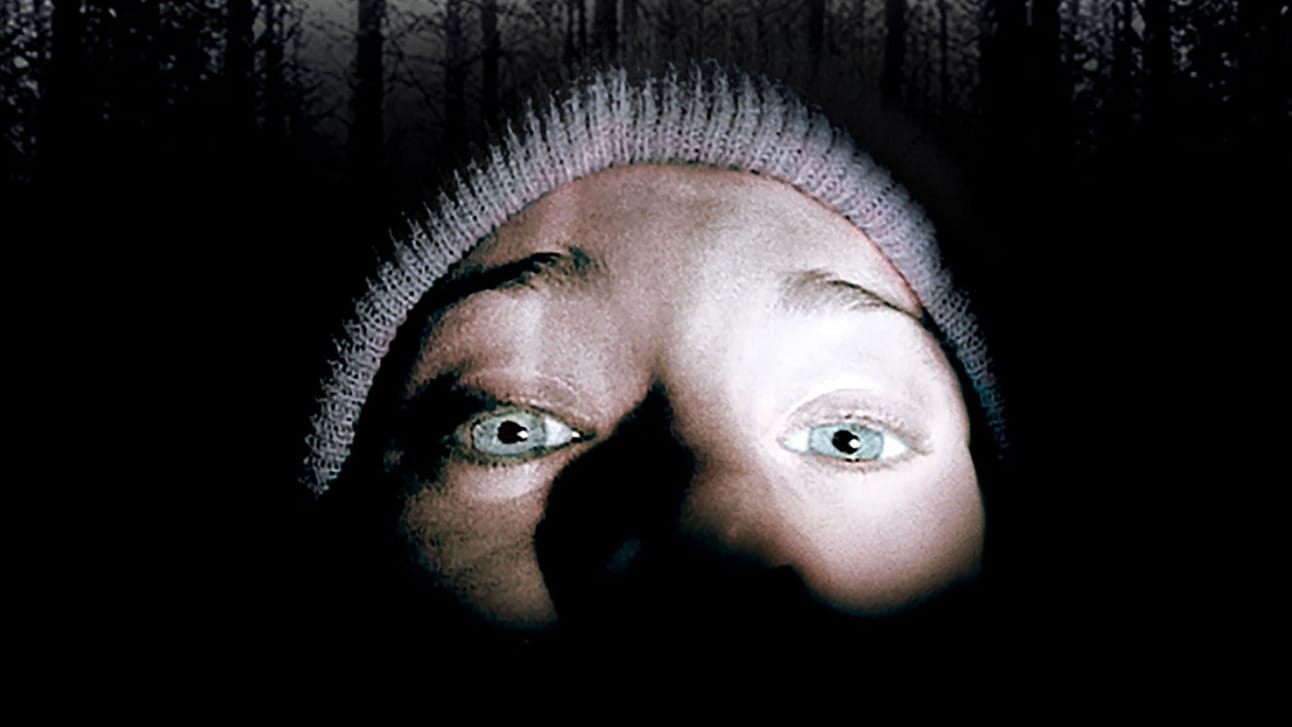
Image provided by tmbd.org
Credited with bringing the found footage genre to the mainstream, The Blair Witch Project is the frightening tale of three college students who get lost in the woods while filming a documentary about a local witch. Through clever advertising tactics and a realistic sense of dread, The Blair Witch Project has become one of the most iconic horror films of all time.
But how was a film with no budget that never showed any monster so successful in frightening audiences? Simple, they instilled a sense of fear and confusion in their actors.
During the filming of the Blair Witch Project, the actors were left in the dark. Both literally and figuratively. They were placed into the woods with cameras and had to rely on care packages and notes to figure out how to proceed with the shoot.
The production company would go so far as to shake their tents in the middle of the night and play ominous child’s laughter in the distance as they walked. This real fear transferred to the screen and made The Blair Witch Project the classic that it is today.
Skinamarink
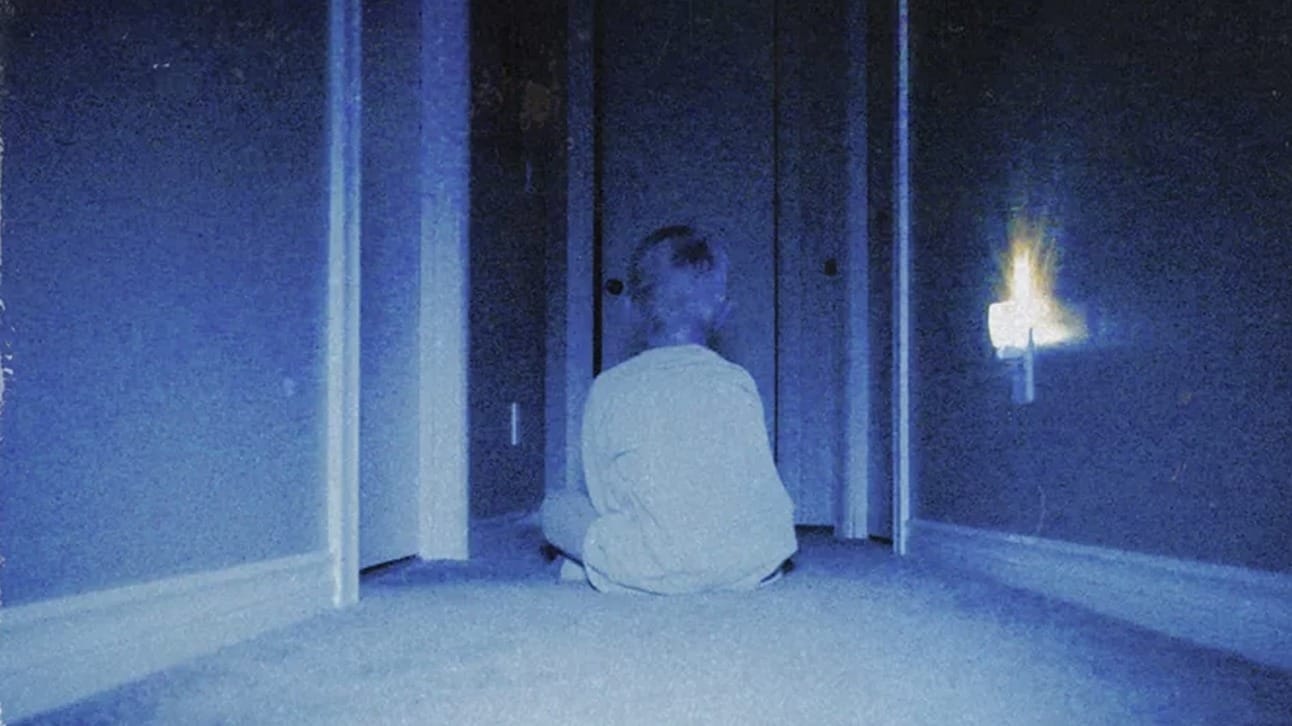
Image Provided by tmdb.org
Skinamarink is an incredibly divisive film. The movie is praised for its unique take on the analog horror format and criticized for its convoluted plot. Love it or hate it, it is impossible to deny that Skinamarink is a one-of-a-kind film that manages to terrify without ever showing anything.
How does a film convey terror while having almost no plot and never showing anything? They transport the viewers into the eyes of a small child. Skinamarink is shot at low, odd angles that never highlight anything of interest. Outside of a few shots of the television, every shot is meant to confuse and disorient the viewer as much as possible.
This unique take on horror gives the film a Lovecraftian view of a child’s imagination. When everything is unknowable, everything becomes frightening. Skinamarink is not a film for everyone, but for those that did enjoy the film, there is nothing else on the market that can compare to it.
Ghostwatch
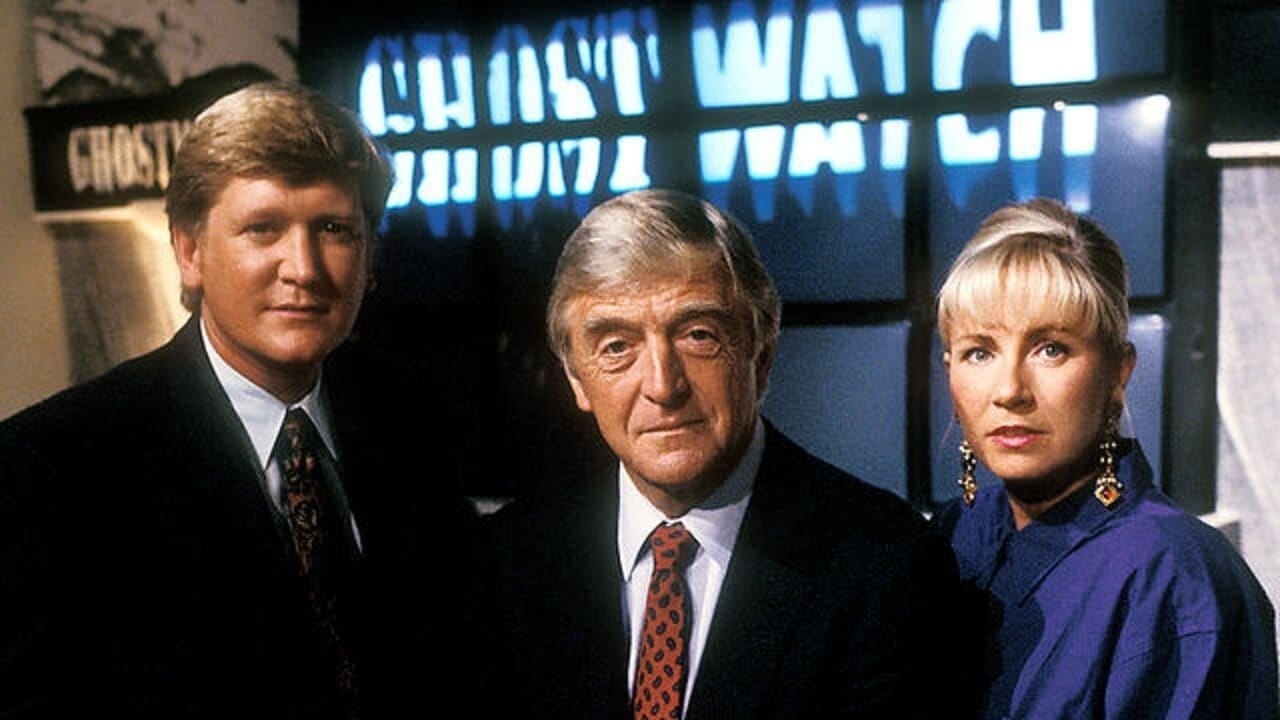
Image Provided by tmdb.org
Ghostwatch may be the most impressive media spoof of all time. Some of the older readers of the list may recall a time when holidays dominated the entertainment industry. Every channel would dedicate the day to showing holiday themed specials and even the commercials would center around the special day.
That’s how Ghostwatch first came to life. Using real TV personalities playing fictional roles, the BBC tricked its audience into thinking they were watching a normal Halloween themed news broadcast. What they got was anything but normal and caused terror to ripple through the nation.
The show centers on a local haunting that gets out of hand and eventually infects anyone unfortunate enough to view the program. Although Ghostwatch never showed any actual demon, just the thought of the haunting being real terrified its audience and numerous complaints were lobbied at the BBC after the shows premier.
Final Destination
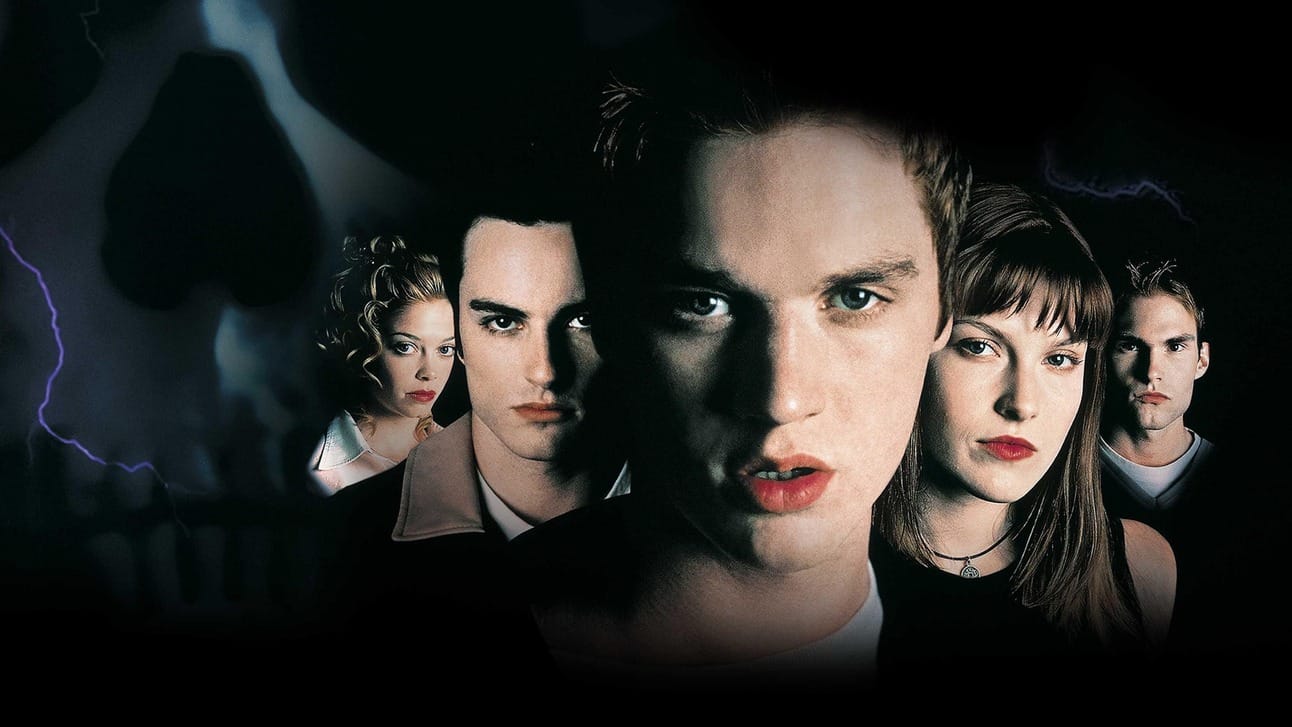
Image Provided by tmdb.org
The fear of death is the most primal instinct that humans have. We are cursed with the knowledge that no matter what we do, we will someday die. Final Destination plays with this concept in a unique way, showing just how futile our efforts of survival really are.
Final Destination shows a lot of death throughout its runtime, sure. However, we never actually see death during the movie. Unlike other films that showcase death as a wise, neutral figure, Final Destination chooses to show it as a force of nature. Something that cannot be reasoned or bargained with.
The notion of bargaining with death is about as old as the concept of the written word. Choosing to portray death as something that cannot be reasoned or bargained with is a bolder and much more terrifying idea.
The Shining
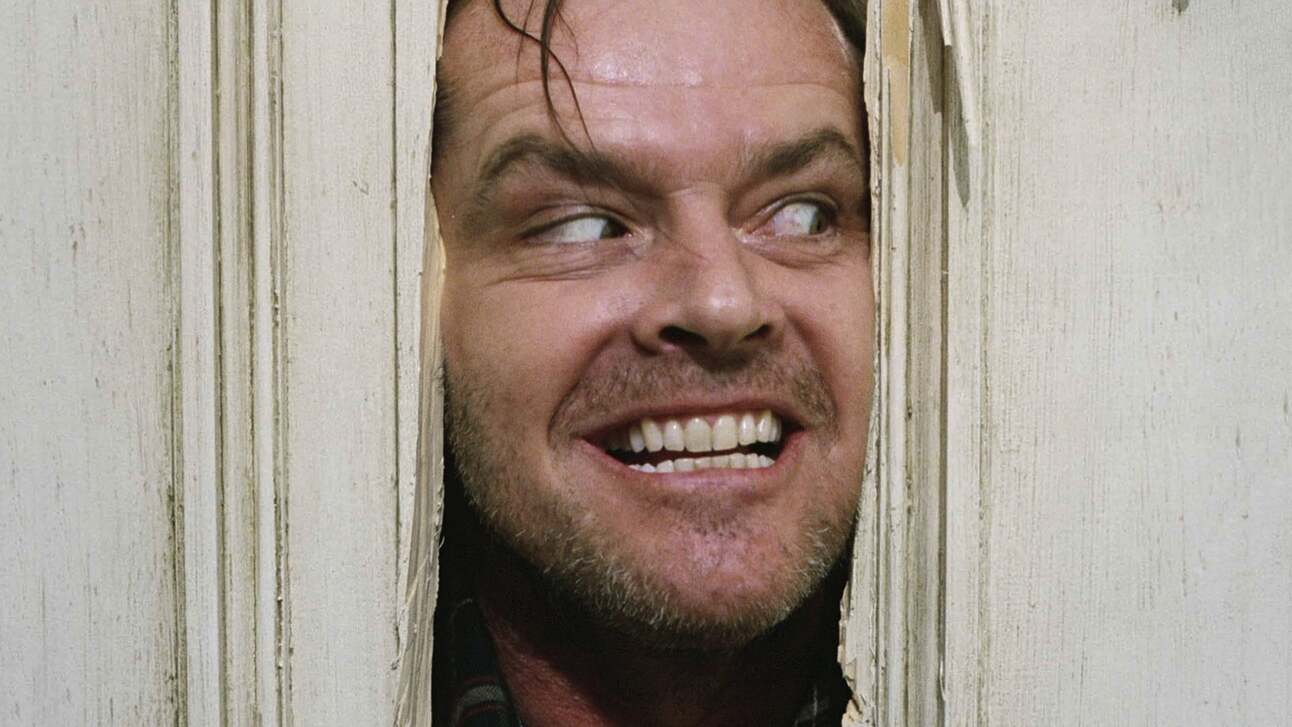
Image Provided by tmdb.org
There are a lot of things that can be said about Stanley Kubrick’s The Shining. Between Stephen King’s hatred of the film and how Shelly Duvall was mistreated during the filming process, The Shining lives on in legend and infamy in the horror community.
But for the purposes of this discussion, we will focus on how all versions of the story portray the Overlook Hotel. Each tale showcases the hotel as being pure evil. Horror often portrays buildings as being haunted or evil, so what makes the Overlook Hotel different? The fact that it is evil for the sake of evil.
People like things to be wrapped up in little bows. Haunted houses can be exorcised, or its ghosts can be laid to rest if we just learn enough about them. This is not the case with the Overlook Hotel. This unholy place festers and grows on death and destruction.
While it is comforting to believe that all things happen for a reason, The Overlook Hotel symbolizes the chaos and evil in our everyday lives. Sometimes, despite our best intentions, the darker elements of this world can control us and harm the ones we love.